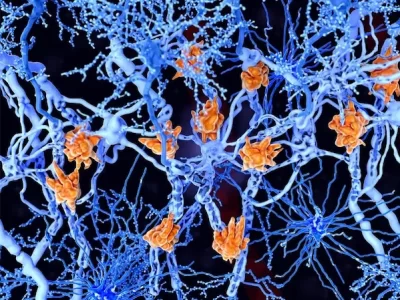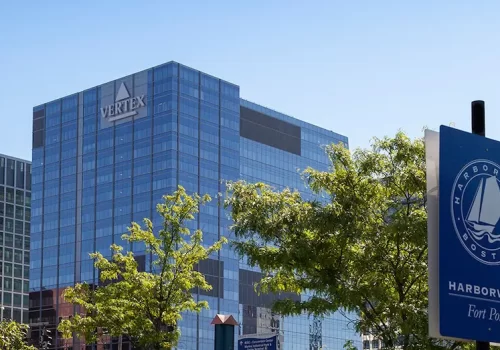The potential of regenerative medicine to improve the quality of life in chronic degenerative diseases continues to grow. In this case, we will learn about its ability to slow down multiple sclerosis (MS), a central nervous system disorder that already affects 2.8 million people worldwide.
Multiple sclerosis is a chronic, inflammatory, autoimmune and degenerative neurological disease that affects the central nervous system. To learn more about it…
- It usually arises between 20-40 years of age and is 2 to 3 times more common in women.
- It is one of the leading causes of disability in adults worldwide.
- There is no cure and the causes are not known, although a combination of genetic factors (the probability increases between 1-10% in descendants) and environmental factors (lack of vitamin D, infections, habits such as smoking or poor diet, etc) have been identified.
- It presents in the form of outbreaks in 85% of cases.
- It affects each person differently (it is heterogeneous), hence it is also known as “the disease of a thousand faces“.
How does multiple sclerosis arise?
Suppose we want light. We press a switch and the electric current passes through a wire that turns on the bulb. But if the wire is frayed or in bad condition, the current does not reach the bulb properly and the bulb lights up intermittently or irregularly.
In people, the wires are the nerve fibers that go from the brain to the rest of the body receiving and sending orders. When the protective sheath(myelin sheath) of the axons of neurons is damaged, the orders do not arrive properly. This is why the symptoms of MS are so wide-ranging and can affect a variety of bodily functions.
In short, multiple sclerosis occurs when cells of the immune system attack the myelin sheath covering nerve cells.
In orange, cells of the autoimmune system (in this case microglia) that damage the myelin sheath covering the axons of neurons.
Hematopoietic stem cells, key to slowing down multiple sclerosis.
From America Cell Bank, we promote and disseminate various advances in regenerative medicine in some of the main degenerative diseases (osteoporosis, cancer, diabetes, Alzheimer’s, osteoarthritis, osteoarthritis).
In fact, we have previously discussed the lines of research and benefits provided by stem cell therapy in multiple sclerosis.
However, the recent study from the Frankfurt University Hospital published in the Journal of Neurology Neurosurgery & Psychiatry provides a new approach to the next line of research: the autologous transplantation of hematopoietic stem cells.
Hematopoietic stem cells are immature cells that can transform into all types of blood cells, such as white blood cells, red blood cells and platelets. They can be found in bone marrow and peripheral blood.
What does the treatment applied in the research consist of?
It involves extracting stem cells from the patient’s bone marrow and culturing them. Subsequently, the patient receives chemotherapy to suppress his dysfunctional immune system.
The cultured stem cells are then reintroduced into the patient’s bloodstream. With this we get the immune system to regenerate, “start from scratch” to stop the attack on the body itself and recover its normal functions.
Blood stem cell therapy, or autologous hematopoietic cell transplantation, is the most effective cell therapy that has been tested in multiple sclerosis: it markedly reduces flares, disability progression and the appearance of new lesions on brain MRI in aggressive patients who have not responded to approved drug therapy for the disease.
Facts that bring regenerative medicine to life
The investigation included 231 patients with relapsing-remitting MS (the most common). Almost three-quarters (73%) of patients showed no evidence of multiple sclerosis after 5 years and almost two-thirds (65%) after 10 years. In addition, the annual relapse rate was reduced from 1.7 in the year prior to treatment to 0.035 during the follow-up period.
Although this is an observational study (it is not appropriate to draw definitive conclusions), it concludes that autologous hematopoietic stem cell transplantation should be considered a “standard of care for very active MS”.
Regenerating the future
From America Cell Bank we offer society all the health potential provided by the most advanced regenerative medicine. This is how we are consolidating our position as one of the leading Latin American companies in biomedicine.
Shall we talk?
- Data World Health Organization (WHO)



















